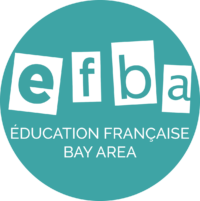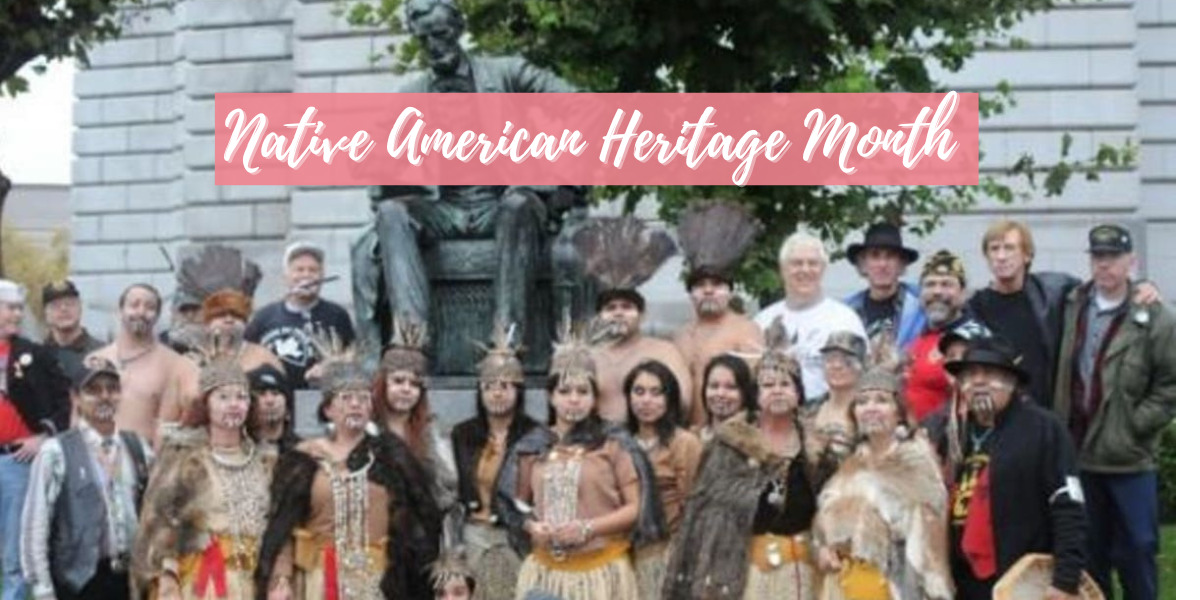This morning, right in the middle of November, which has been dedicated to the history and heritage of Indigenous peoples (“Native American Heritage Month”), and while I was reading an article on the Washington Commanders of the National Football League, a team that had been known as the Washington Redskins and was only renamed in February of this year due to the rising controversy surrounding their name, I finally asked myself the following question: what are the appropriate terms that apply to the Indigenous peoples of the United States and Canada? Additionally, what would be the appropriate words to use in French to pay honor to them while accurately respecting their many disparate histories and identities? The choice of words takes on even more importance given that we, as educators and families, are committed to teaching our children to be open to and respectful of the cultures of others.
These are questions that we address regularly at EFBA. Our camp counselors are aware of the issue of cultural appropriation (please see this article that we authored on the subject), and each year we organize activities that celebrate cultural diversity (notably under the auspices of our Third Culture Kids program).
Before you begin reading, please keep in mind that for the sake of brevity we will be rapidly covering many topics deserving of more lengthy treatment, including colonialism and the rich and complex histories of the many different Indigenous peoples of North America. Links have been added to the text, in the event that you should wish to learn more about certain topics. Please also note that the content of this article is primarily destined for Francophone readers who reside in the region and are curious to learn more about the correct terminology to use.
In this article, we will examine different terms used in French to designate the Indigenous communities of North America and discuss in what way they seem – or don’t seem – appropriate. At the risk of disappointing you, fair warning: there is no simple answer to this question, especially since the final choice should naturally be made by the individuals involved.
“Peaux-rouges” : a dehumanizing expression ?
The Washington Redskins were given their name because the “redskins” are associated, in the Western collective imagination, with a form of warrior-like bravery, both virile and animal, and with stereotypical representations transmitted, among others, by movies and literature. Tintin in America, written by Hergé and published for the first time in 1932, is no exception to the rule: presenting Native Americans as a uniform and violent people, thus peddling racial prejudices that have long participated in the stigmatization of the community. However, this collective imagination would almost ask us to forget the genocide that took place when whites arrived on the American continent. A 2020 study of more than 1,000 Native people by the University of Michigan and UC Berkeley found that nearly half of the participants were offended by the name Washington Redskins and perceived the term “redskin” as an insult. Today, the re-appropriation of the term by some Indigenous people and organizations is a perfect example of the reversal of a stigma, a strategy of taking words that were designed to disqualify us and changing their semantic value. From offensive and stigmatizing words, they become symbols of pride. A parallel were the efforts of Frenchman Aimé Césaire (1913-2008) when he created the literary and political current of “négritude” during the interwar period, taking the racist and particularly offensive term “nègre” and turning it around to make it the driving force behind the refusal of a shame inherited from colonialism.
The origin of the use of the color red to designate indigenous peoples is uncertain. Documents from the colonial period indicate that they sometimes referred to themselves in this way, before this use was later adopted by Europeans and became a generic label or even a racial profile of all Indigenous people, differentiating them from “whites” and “blacks.”
The words “Indiens” and “Amérindiens” are the result of a mistake
The French language has long used the terms “Indiens” and “Amérindiens“, here is why: when Christopher Columbus arrived in San Salvador, an island in the Caribbean, he was convinced that he had landed in the East Indies. Nowadays, opposition to using these words has grown greater and greater because the terms are based on the error of a man whose arrival in America presaged the oppression of the first inhabitants of the land.
Moreover, some groups are not defined as “Indiens”. As a reminder, Canada recognizes three major Indigenous groups on its territory: First Nations, Métis and Inuit. The Indian Act of Canada is the primary legislation that allows the federal government to administer Indian status, First Nations local governments and reservation land management. The Act only applies to people with Indian status, which is not the case for the Métis and Inuit. Nevertheless, while some communities in Canada still retain the official name of “Indian Bands”, and while some Indigenous people occasionally use the word “Indian” among themselves, the term generally has a colonialist connotation for many people and remains used only in legal documents.
Why the term “aborigène” should be avoided
The term “aborigène” is to be avoided in French, as it commonly refers to the first nations of Australia, not North America. In English, the generic term “Aboriginal” is more frequently used to designate all Aboriginal communities, although some of them do not wish to be defined in this way, according to the Guide to Terminology in an Aboriginal Context. The term “autochtone” is preferred.
“Indigène” or “autochtone”: a little detour in terminology
Finally, let’s look at the use of the term “autochtone.” It is widely used in French and is the most common translation of the English word Indigenous (used especially in Canada) and of the Spanish “indigenas“. In the United States, the term Native Americans is preferred. In Canada, the term “autochtones” is now widely used to refer to the three distinct recognized groups: First Nations, Métis and Inuit.
“Indigène” [from Latin -indu (“in”) and from -gena (“born”)], who was born there. “Autochtone” [from Greek αὐτός, autós (“self”) and from χθών, khthốn (“land”)], which is part of the land.
If we stick to the etymological origin of these words, we will note that a person who is “indigène” is simply someone born in the country, while a person who is “autochtone” has a much deeper and older relationship with the land, which he or she did not arrive to as an immigrant.
The problem with the term is that every continent in the world has its own distinct Indigenous groups. Therefore, it is necessary to be more precise by saying, for example, “peuples autochtones du Canada” (“Indigenous people of Canada”), which thus refers to First Nations, Métis and Inuit, but remains vague for groups whose lands are located in both Canada and the United States). The fact remains that “autochtone” is a catch-all word that remains simplistic and non-inclusive. If we were to conclude this article, the point is this: each Indigenous group has its own history, culture, language, political system, religious beliefs and heritage. To refer to these different communities under a general heading would be to deny the richness of their histories.
If you have reached the end of this article, it means that you are interested in the subject and that you are committed to using the appropriate terminology; this is a good start. If you want to go further, please keep learning about these issues, because what was valid yesterday may not be valid today and may not be valid tomorrow. Use the specific name of the group you are referring to, and when in doubt, ask the person or organization you are addressing how they want to be identified!
Here are some ideas for celebrating the heritage of North America’s Indigenous communities:Find out which Indigenous people’s land you are on by using the interactive map https://native-land.ca/. Then learn more about the community, its history and culture. Take the University of Alberta’s free online course “Indigenous Canada“. In 12 modules, it explores the complex experiences of Indigenous peoples today from a historical and analytical perspective, while highlighting the interactions between Indigenous people and settlers. Give your loved ones a gift purchased from a business run by Indigenous people. You can find many lists by searching the Internet. Stock your library with books written by Indigenous authors. Don’t hesitate to take a look at the online library of the Centre de la Francophonie des Amériques. Continue to educate yourself by listening to podcasts such as All my Relations hosted by Matika Wilbur (Swinomish and Tulalip) and Adrienne Keene (Cherokee Nation). Each episode invites you to reflect on the different issues facing Indigenous communities today. |
Article written in French by Julia Peillon
Translated into English by Alex Nichol
How to contribute:
If you know of other relevant resources for adopting appropriate terminology and enriching this article, or have other ideas for celebrating the history and heritage of North American Indigenous groups, feel free to email us at info@efba.us and we will add them to this article.
To make a donation to EFBA and contribute to its mission, please click here.

